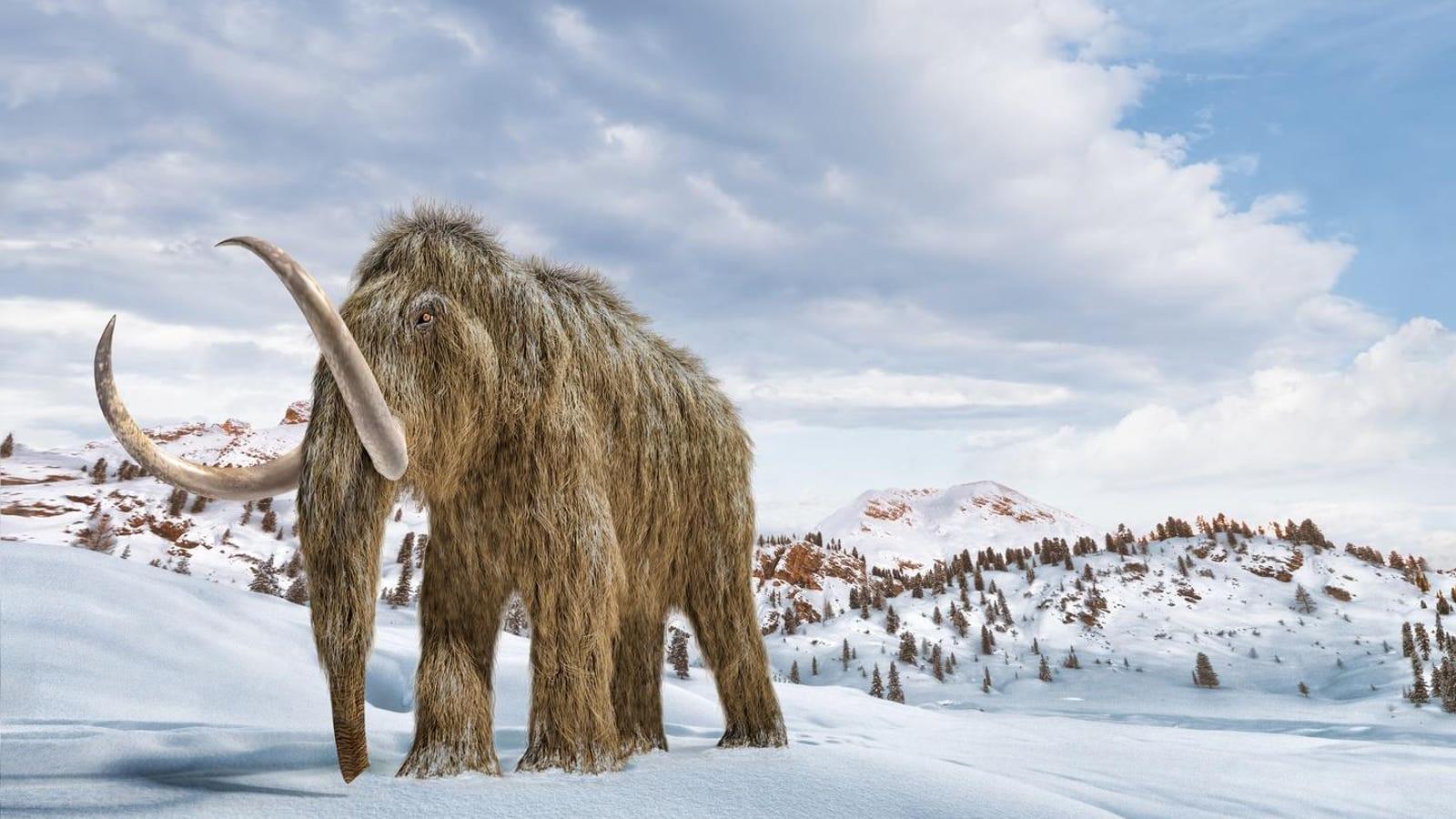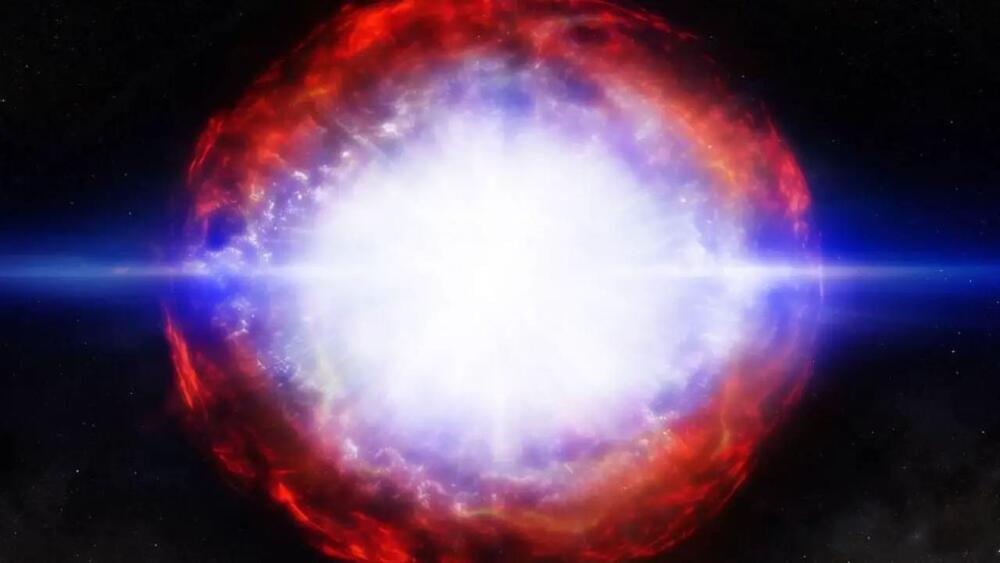The Zoo Hypothesis is a Fermi Paradox solution that assumes extraterrestrial civilizations can’t be detected by our SETI efforts because they keep our whole world in an Alien Zoo.
Get a free month of Curiosity Stream: http://curiositystream.com/isaacarthur.
Join this channel to get access to perks:
https://www.youtube.com/channel/UCZFipeZtQM5CKUjx6grh54g/join.
Visit our Website: http://www.isaacarthur.net.
Join Nebula: https://go.nebula.tv/isaacarthur.
Support us on Patreon: https://www.patreon.com/IsaacArthur.
Support us on Subscribestar: https://www.subscribestar.com/isaac-arthur.
Facebook Group: https://www.facebook.com/groups/1583992725237264/
Reddit: https://www.reddit.com/r/IsaacArthur/
Twitter: https://twitter.com/Isaac_A_Arthur on Twitter and RT our future content.
SFIA Discord Server: https://discord.gg/53GAShE
Credits:
The Fermi Paradox: Zoo Hypothesis.
Episode 228; Mar 5, 2020
Writers:
Isaac Arthur.
Editors:
Darius Said.
Jerry Guern.
Produced & narrated by: isaac arthur.


